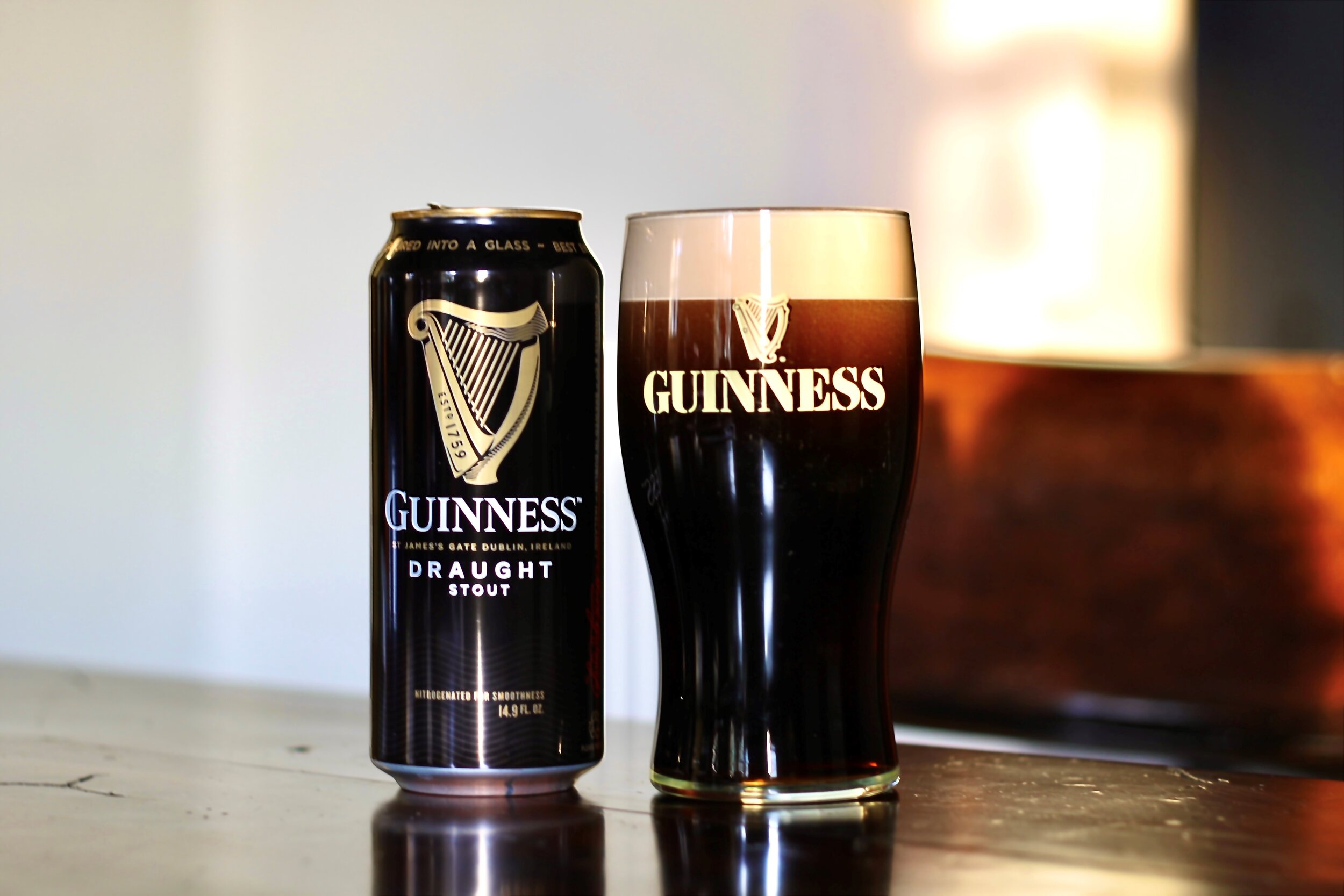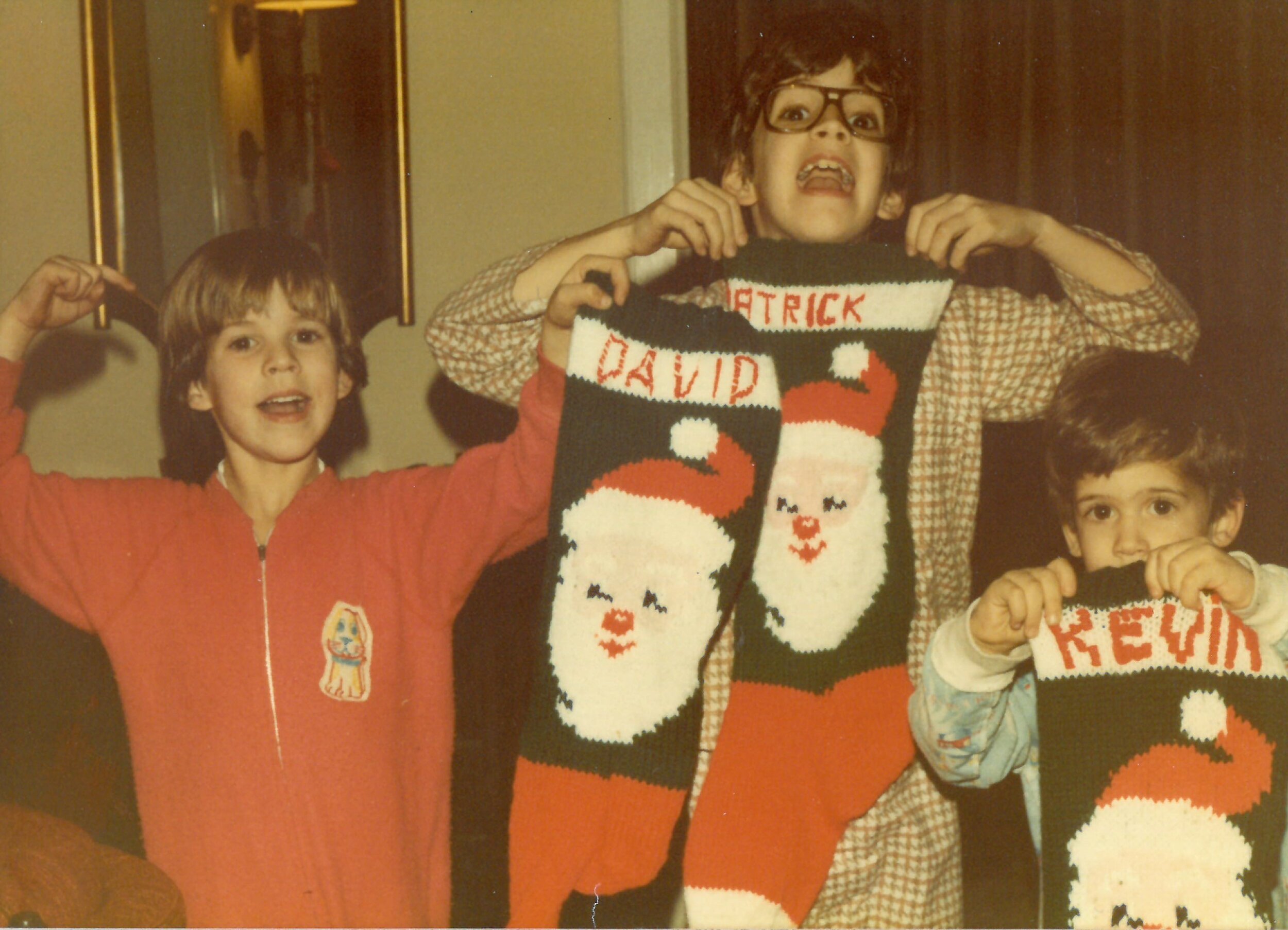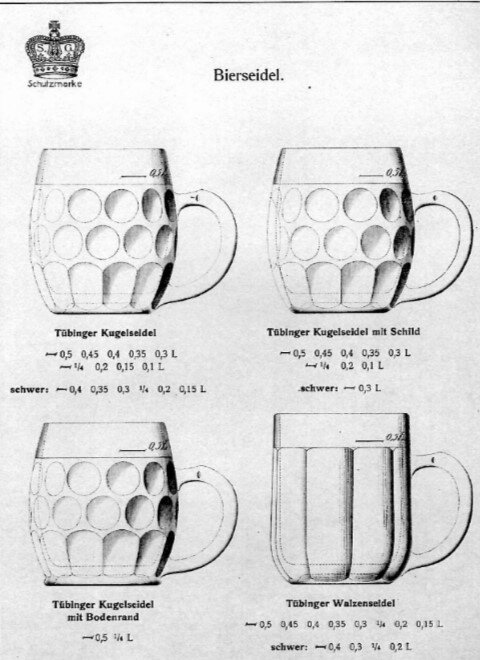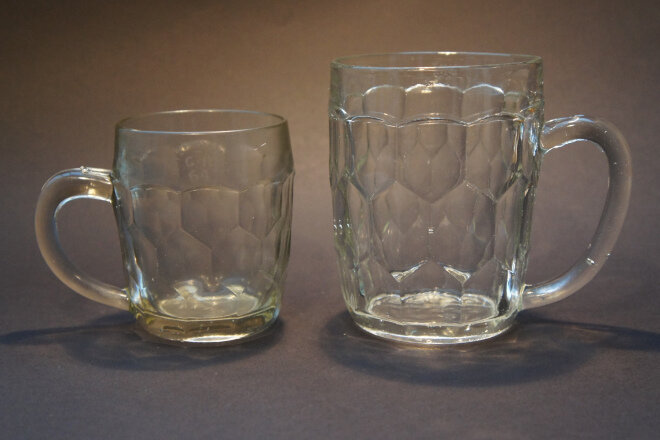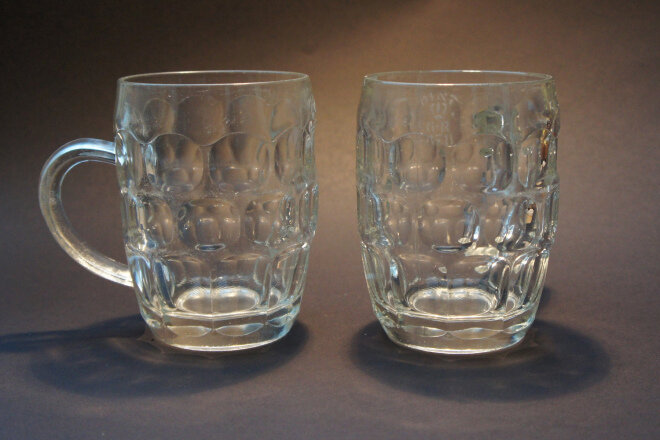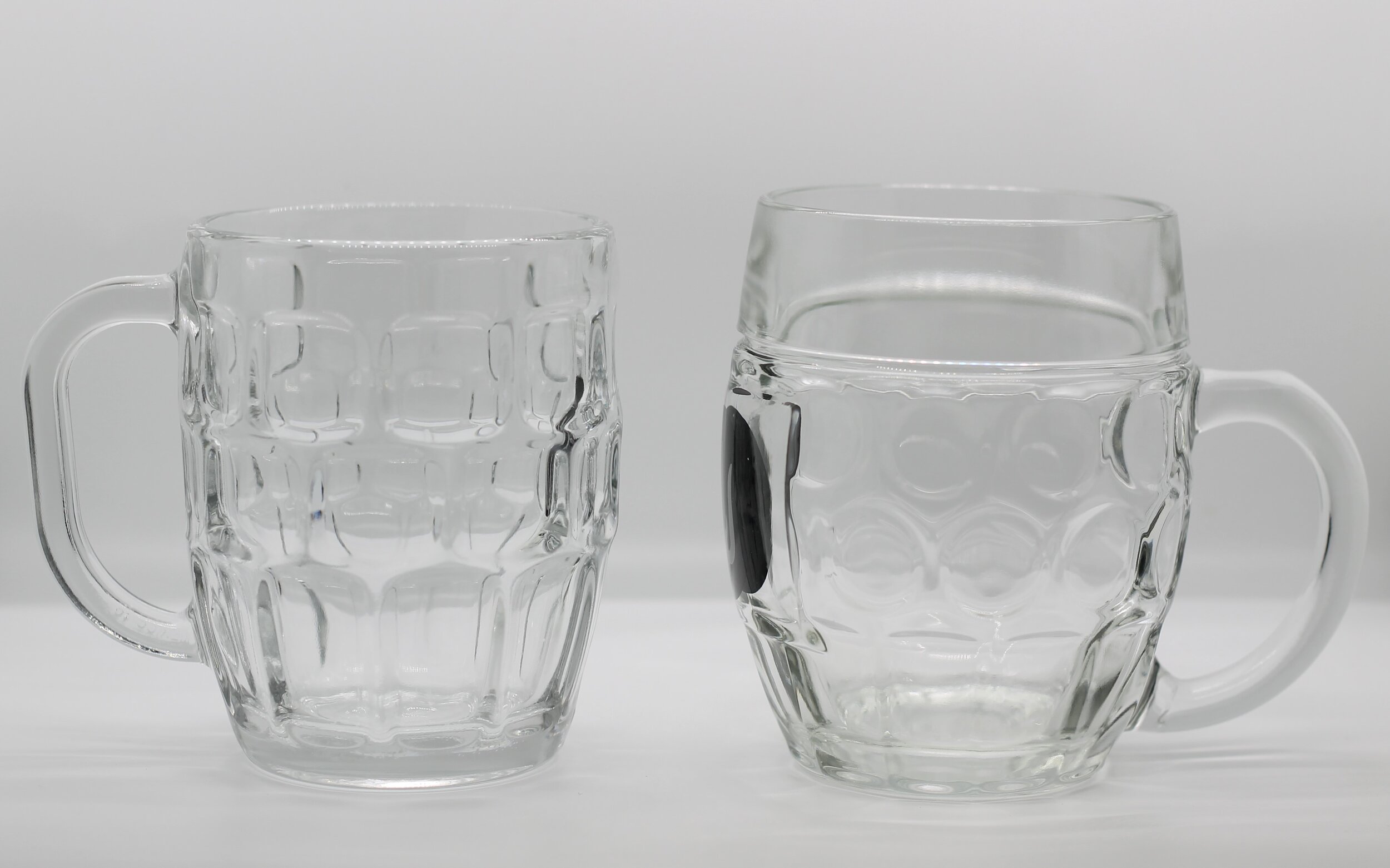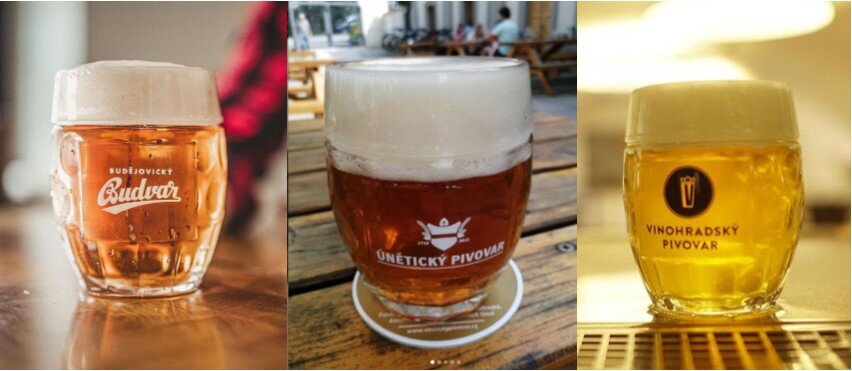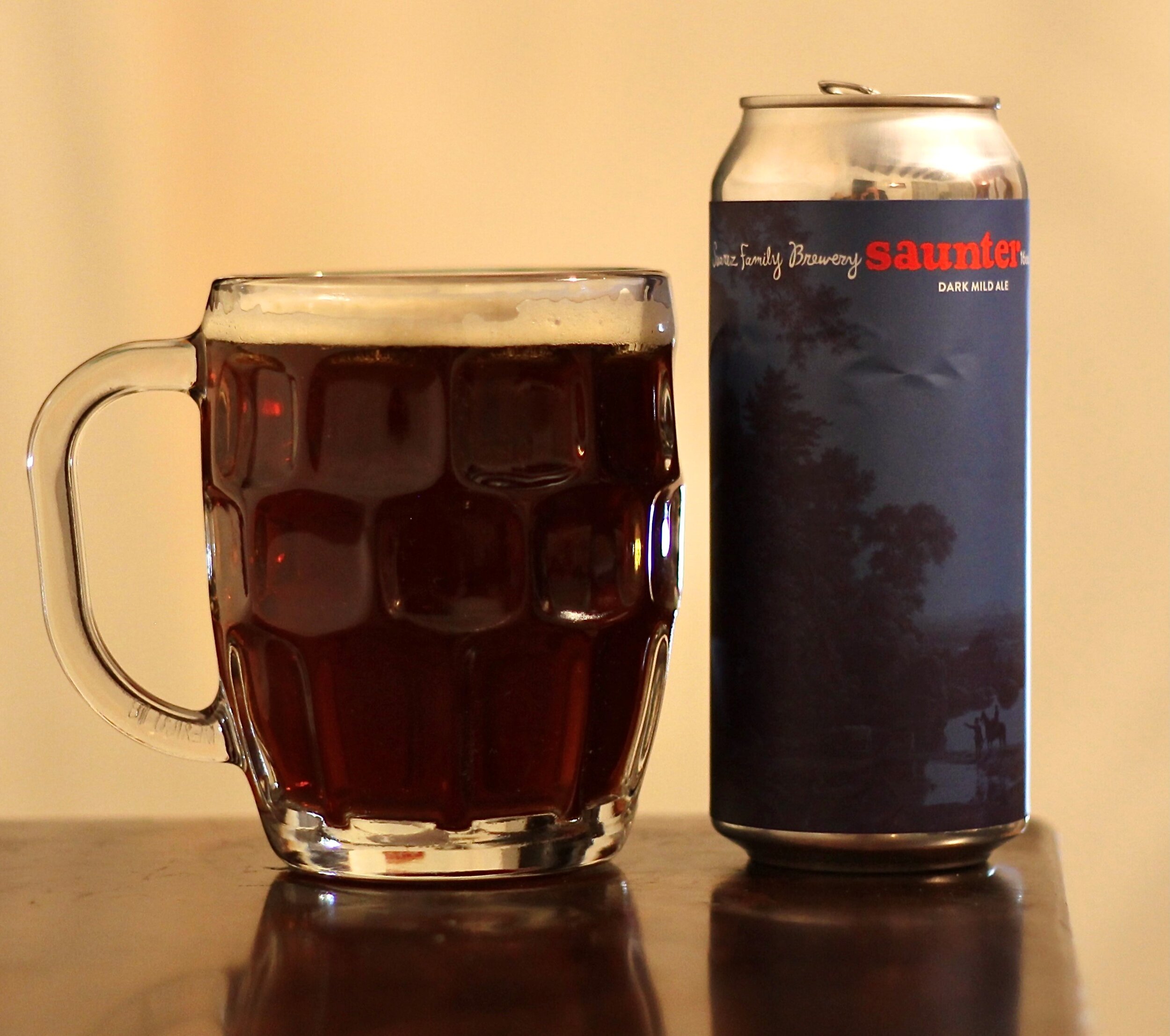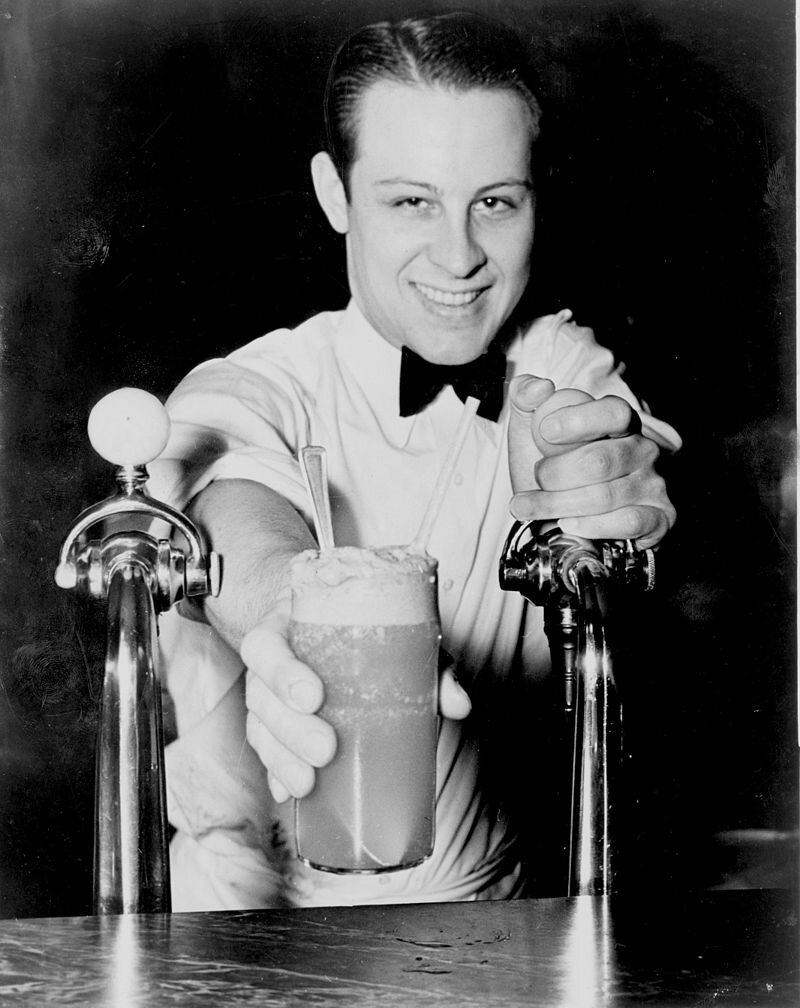Casket Beer got a lot of attention in 2020 for several posts about glassware. I am going to end with one more. This time a brief, bittersweet memory I often think of this time of year.
Like many other families, the holidays were always a special time in the Kain household, particularly once my siblings and I were grown up. As we returned home for Christmas, the house would fill with love and laughter, and it was whole.
I’m the youngest of three boys. Still referred to as “the baby”. Dave, or David, is next in line. Per official records, his name is Vincent David Kain. He shares his first name with my father and grandfather (they have different middle names). However, Patrick, the oldest, allegedly did not like more than one Vincent in the house. From early on, Vincent David became David.
A couple of nights after Christmas one year, my brothers and I had all separately gone out for the evening with our friends. We got home around the same time, and Patrick suggested we break in the pint glasses he had just given to David as a gift.
David had previously noted that he was fond of the tulip-shaped Guinness pint glass. Patrick, perhaps the most enthusiastic about our Irish heritage and fan of a good pint of Guinness, was happy to oblige with the glasses and the corresponding beer as well. I also enjoy Guinness.
The house was peaceful in the aftermath of the holiday. It was late, but the tree was still lit, and all were in good spirits.
We poured our nitrogenated cans of stout into the new glasses and took a sip. David immediately exclaimed, “that’s disgusting!!” Turns out, he never actually drank Guinness before, and the taste was a strong departure from the macro lager he was accustomed to at the time. Patrick was stunned for a brief second, then began fuming.
The aftermath is a little fuzzy. I may have ended up with the glasses. If I remember correctly, Patrick didn’t care that David liked the glass. The fact that he didn’t like Guinness meant he wasn’t worthy of the gift.
Regardless of what happened, Patrick gave me a set a few years later. For some reason, he had an abundance. I’m happy to have them as it’s a pretty solid glass for a pint. Similar in ways to the nonik, but with more elegance. My sister-in-law gave me more after Patrick unexpectedly passed away in 2008.
Suddenly, a glass that previously reminded me of a comical holiday evening with my brothers took on a much different meaning. I now cherish them in a much deeper way.
Yet I find they are often used in a utilitarian manner in my home, and I am constantly conflicted about it. At times it feels disrespectful. How can I let them be used for everyday things like a quick drink of water before someone runs out of the house? Or put on a nightstand to satiate a midnight thirst? In another way, it’s nice to feel Patrick’s presence in my everyday life, even if it does elicit a little bit of pain.
They do have their moments on special occasions. St. Patrick’s Day, of course. But also on his birthday, when I may drink Guinness a little cooler than normal since it’s in July. I may also have a pint on the anniversary of his death, but I try not to fixate on that date.
I like to use them this time of year as well, with a Guinness, thinking back to that nightcap with my brothers in my parents’ home.
I’m not sure if Stacy, my sister-in-law, has any of his glasses left. However, one day I will share a pint with my niece, Magdalena, out of the glasses I have. She was just six months old when Patrick passed away. I’ll share with her the story told here. David can join too…with an IPA.

